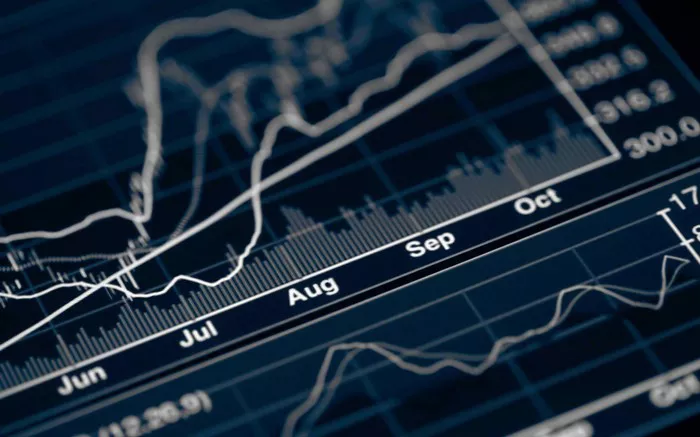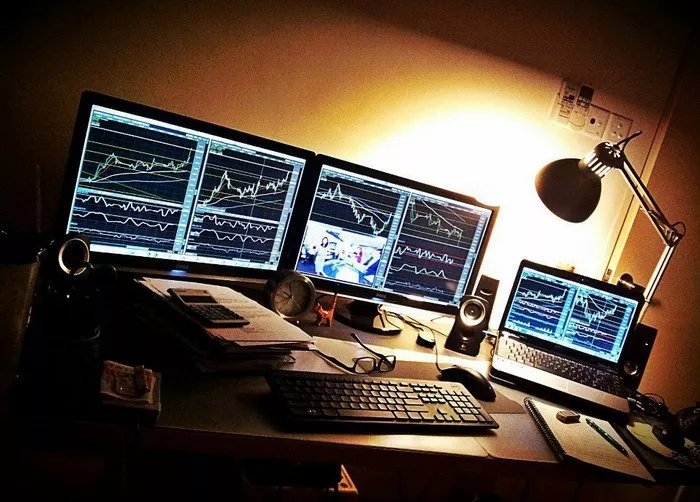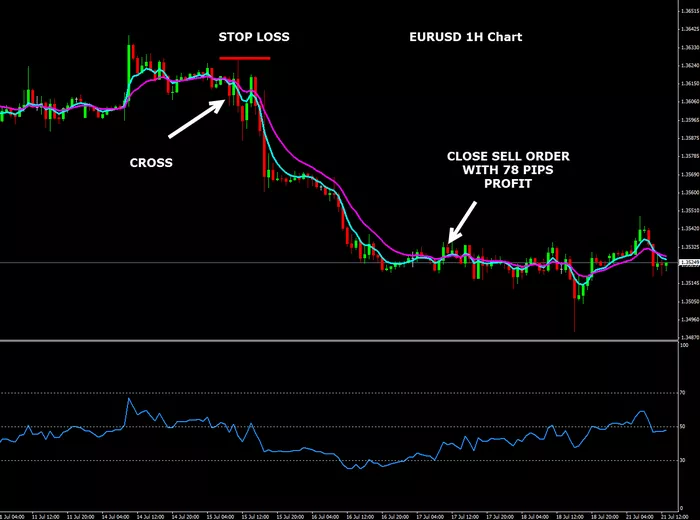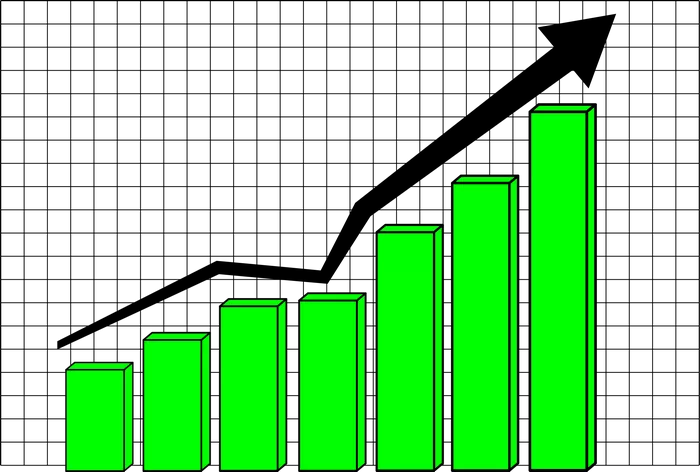The foreign exchange (forex) market is the world’s largest and most liquid financial market, with a daily trading volume exceeding $6 trillion. Unlike stock markets, the forex market operates 24 hours a day, five days a week, providing continuous opportunities for traders around the world to participate in currency trading. However, despite its 24-hour operation, understanding the timing of market closures is crucial for traders who wish to optimize their trading strategies.
In this article, we will discuss the structure of the forex market, its trading hours, when it closes, and the key factors that influence the forex market’s opening and closing times. Additionally, we will look at the impact of different time zones, trading sessions, and market closures on forex trading.
Understanding the Forex Market’s 24-Hour Nature
The forex market is unique because it operates continuously throughout the trading week. This is due to the fact that the market is decentralized, meaning there is no central exchange like the New York Stock Exchange or the London Stock Exchange. Instead, forex trading takes place over a network of banks, financial institutions, brokers, and other market participants.
The 24-hour trading cycle is broken into several trading sessions, each corresponding to the major financial hubs around the world. These sessions overlap to create high liquidity during certain periods, allowing traders to execute trades efficiently. The primary trading sessions are:
- The Asian Session (Tokyo)
- The European Session (London)
- The North American Session (New York)
The forex market is active from Sunday evening until Friday evening, with trading closing at 5:00 PM EST (Eastern Standard Time) on Friday. This time marks the close of the weekly forex trading cycle.
When Does the Forex Market Open and Close?
To better understand when the forex market closes each day, it is essential to understand the global trading hours and the various trading sessions.
1. The Asian Session
The Asian session starts the trading week on Sunday evening at 5:00 PM EST and lasts until 4:00 AM EST the following day. The Tokyo market is the largest and most influential exchange in the Asian session, but other financial centers like Hong Kong and Singapore also contribute to the session’s activity.
The Asian session is typically characterized by lower volatility compared to the European and North American sessions. This is partly due to the fact that many traders in the Asian market are focused on domestic currencies, such as the Japanese yen (JPY) and the Australian dollar (AUD).
2. The European Session
The European session begins at 3:00 AM EST and runs until 12:00 PM EST. London, being the financial capital of Europe, is the primary market driving this session, and it is the most active and liquid forex session globally. The European session is where significant market movements occur, especially during the overlap with the Asian session and the North American session.
This session sees a lot of volatility, as it accounts for a large percentage of the world’s forex trading volume. Major currency pairs such as EUR/USD, GBP/USD, and EUR/GBP are frequently traded during this time.
3. The North American Session
The North American session starts at 8:00 AM EST and ends at 5:00 PM EST. New York is the main hub of this session, and it overlaps with the European session for a period of four hours, creating a period of high liquidity and volatility. The North American session is often where significant price movements occur, particularly in currency pairs that involve the US Dollar (USD), such as USD/JPY, USD/CHF, and EUR/USD.
This session typically sees strong economic data releases from the United States, which can impact the forex market and cause increased volatility in the market.
4. Forex Market Close Time
The forex market officially closes at 5:00 PM EST on Friday, marking the end of the trading week. The market then opens again at 5:00 PM EST on Sunday, starting a new trading cycle. While there is no official “close” during the week, the end of the trading week at 5:00 PM EST signifies the closure of market activity for the week, as the market shuts down until the next Sunday evening.
Though the forex market is open throughout the week, it is important to note that liquidity and volatility can vary depending on the time of day and the session. For example, market movements may be slower during the Asian session compared to the European or North American sessions, as fewer participants are active during this time.
5. Market Closure on Weekends
Although the forex market closes at 5:00 PM EST on Friday, it does not remain closed throughout the weekend. Due to the decentralized nature of the market, the forex market technically does not “close” in the traditional sense. Instead, trading simply halts at the 5:00 PM EST mark and remains inactive until Sunday evening at 5:00 PM EST when trading begins again.
This is important for traders to understand, as they may need to adjust their strategies accordingly, especially if they plan to hold positions over the weekend.
Factors Influencing Forex Market Closures
Several factors can influence when the forex market closes or opens, as well as how the market behaves during different sessions.
1. Time Zone Differences
Since the forex market operates globally, the opening and closing times of the market depend on time zones. For example, the market operates on Eastern Standard Time (EST), but participants from all over the world—Europe, Asia, and the Americas—are involved in trading. This can lead to confusion, especially when considering time zone differences between countries.
The 24-hour forex market cycle aligns with the global business day. The Tokyo, London, and New York sessions are crucial to the market’s liquidity, and their respective times are governed by their local time zones. Therefore, it’s essential to convert trading hours to your local time zone if you are planning to trade.
2. Economic Events and Market Holidays
Certain economic events, such as central bank meetings, economic data releases, or geopolitical news, can affect the opening and closing of the forex market. A key event could cause high volatility in the forex market, resulting in large price movements during specific sessions.
Additionally, the forex market is closed during certain holidays, including Christmas and New Year’s Day. While the market does not operate officially during these holidays, the lack of trading activity can still have an impact on the liquidity and volatility of currency pairs.
3. End of Day and End of Week
For most forex traders, understanding when the market closes at the end of the day and end of the week is crucial for closing positions, managing risk, and executing strategies. While there is no official closing bell, most forex brokers offer their own system for the daily close time. At the end of the week, the forex market “closes” at 5:00 PM EST on Friday, and traders typically take positions off their platforms before this time to avoid any potential market surprises over the weekend.
Impact of Market Closures on Forex Trading
The timing of the forex market’s closure plays an essential role in how traders strategize their positions. Understanding when the market closes and the implications for market liquidity can help traders manage their risks and optimize their trading strategies.
1. End of Trading Week Considerations
At the end of the trading week, many traders look to close their positions before the market closes on Friday at 5:00 PM EST. This is done to avoid the risk of holding positions over the weekend, as the market is closed and could experience significant gaps in price when it reopens on Sunday evening. Closing positions before the weekend also ensures that traders are not exposed to weekend events that could cause unexpected market movements.
2. Trading During Low Liquidity
During market closures, such as over the weekend or during certain times of the day, liquidity tends to be lower. This can cause larger price swings, as the absence of many traders can result in fewer orders being placed, making it harder to execute trades at desired levels. Traders should be cautious when trading during periods of low liquidity.
3. Pre-Opening and Post-Closing Volatility
There is often increased volatility in the moments leading up to the opening of the market on Sunday evening or before the market closes on Friday afternoon. This can be an opportunity for traders to capitalize on market movements, but it can also present risks if there is a sudden price gap between the closing on Friday and the opening on Sunday.
Conclusion
The forex market operates 24 hours a day, five days a week, but it does not have a traditional opening and closing like stock markets. The market closes at 5:00 PM EST on Friday, marking the end of the trading week, and reopens at 5:00 PM EST on Sunday. The market is divided into three primary trading sessions: the Asian session, the European session, and the North American session, each of which overlaps to provide continuous liquidity.
Understanding the trading hours of the forex market is vital for successful trading. Traders need to account for factors such as time zone differences, economic events, market holidays, and low liquidity periods. By doing so, traders can make better-informed decisions about when to enter or exit trades and manage their risks effectively.
Despite its 24-hour nature, the forex market still experiences closures on the weekend, and traders must be mindful of the implications this has for their positions. By recognizing the dynamics of the forex market’s open and close times, traders can ensure they are prepared for each trading session and avoid unexpected market movements.
Related topics:

























